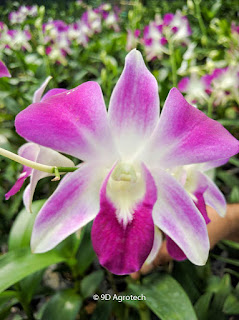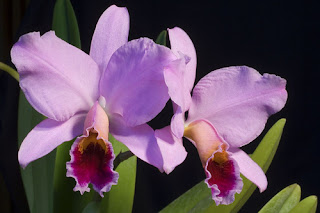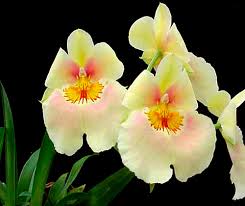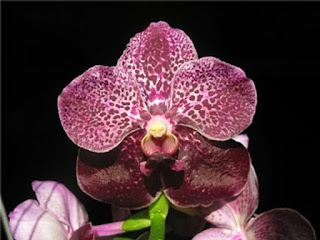So you need to grow an orchid? There are a huge number of
orchid varieties to browse, in practically every shade of the rainbow.
Some
extraordinary forms are infrequently observed outside claim to fame appears,
while others are promptly accessible to the tenderfoot producer.
Dissimilar to
the normal generalization, many sorts of orchids will flourish as houseplants,
and don't should be kept in a nursery. The orchid you'll develop will rely on
upon the earth in your home, and also the way the plant looks.
Orchid Plant Types
The varieties of orchid plant sorts is astonishing. Some blossom for
quite a long time at any given moment, while others keep their blooms an
astounding four months or more. Continuously check the tag that accompanies the
plant to decide the ideal temperature for your orchid.
Pick one that fits in
with your typical indoor condition, as opposed to attempting to change your
condition to fit the orchid.
As there are various orchid varieties to browse, it is
difficult to show them all here, however a portion of the more typical orchid
plant sorts include:
Phalaenopsis –
Phalaenopsis, also called the moth orchid,
this is maybe the most widely recognized of different orchid blooms you can
purchase in a general garden focus. Moth orchids sprout on more than one
occasion a year, and each blossom can keep going the length of three months
with the best possible care, and are the longest-enduring of orchid blossoms.
Moth orchids do well with warm temperatures in the house, in the upper 70's by
and large.
Learn more about Phalaenopsis here.
Dendrobium –
Dendrobium orchids are harder than numerous
different varieties, and are regularly prescribed for individuals who are
reluctant to develop orchids. They endure bring down dampness noticeable all
around than different varieties and can take an extensive variety of air
temperatures, too.
Cattelya –
This orchid is presumably best known as the
corsage bloom, since that is the place the vast majority first observes it. Of
the diverse varieties of orchid flowers in India, this is the standard that most producers
allude to. Cattleya is a local of South America and loves warmth and light.
Develop them in rooms that vibe practically stuffy and put them where they can
get however much daylight as could be expected without consuming them.
Cymbidium –
These masterpieces have been known to deliver up
to 30 flowers on one spike, and to a months ago at once with crisp looking
sprouts. Keep Cymbidium in cooler rooms, with a normal temperature around 70 F.
(21 C.), however with a great deal of brilliant light.
Epidendrum –
Having huge amounts of species with either
pseudobulbs or stick like stems and different sizes, these epiphytic orchid
flowers are exceptionally fragrant and almost perpetually sprouting.
Epidendrum orchids lean toward middle of the road to warm
temperatures, sifted to splendid light, and high moistness.
Oncidium –
Also,
epiphytic, these orchids want to have their underlying foundations presented to
the air, hanging over the edge of pots. The enduring flowers are regularly
found in shades of yellow and chestnut, and incline toward cooler temperatures,
full sun, and a lot of water.
Miltonia –
Often called pansy orchids as a result of the
open, flat flowers, this species is partitioned into warm-developing, little
blossomed varieties and the cool-developing, substantial blooming sorts.
Miltonia orchids like sifted to shady light, high dampness, great air flow, and
uniformly clammy mediums.
Vanda –
With more than 70 species, Vanda orchids in India are
isolated into two primary gatherings in view of the state of their leaves:
strap-leaved (will sprout inside) and terete-leaved (does not blossom inside).
This orchid gets tall and needs help. Give Vandas warm temperatures and sifted
to solid light.
Visit us for more information on Varieties of orchids flowers India








Comments
Post a Comment